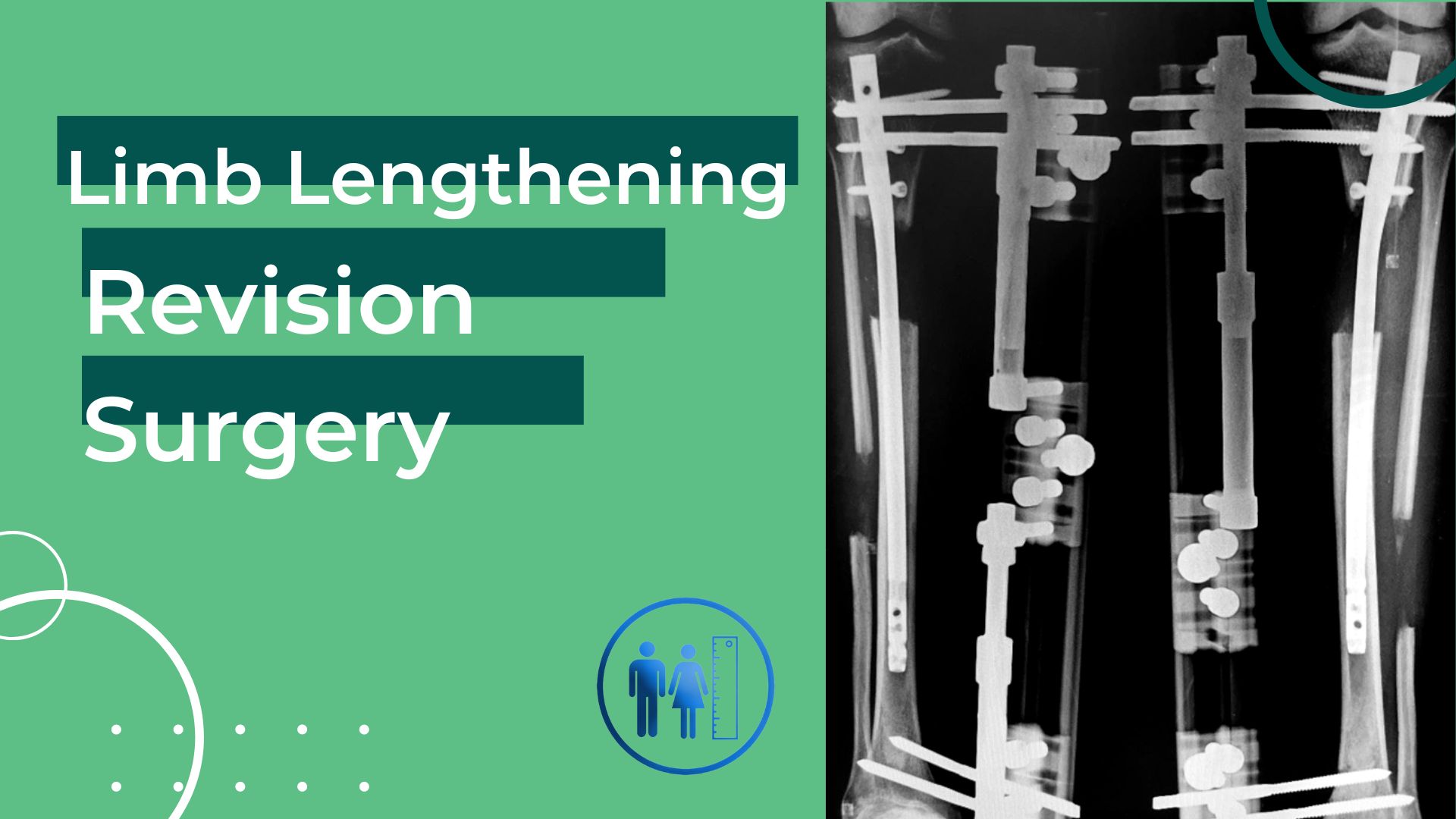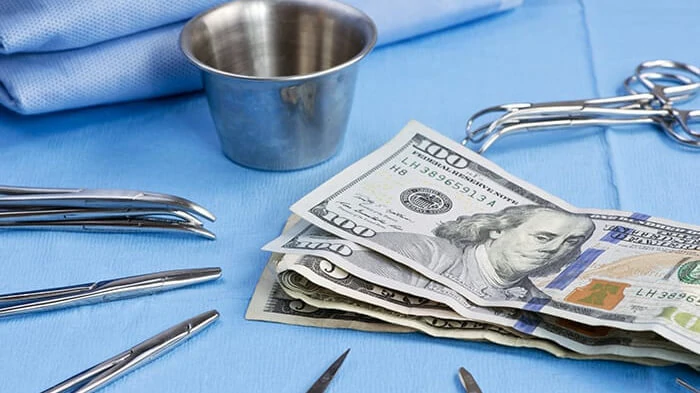
Live
Support AI
Frequently Asked Questions About Precice 2
Today, advancements in medical technology continue to make human life easier and improve it. One such advancement, Precice 2, stands out as a groundbreaking innovation in the field of bone lengthening and correction. Offering a more comfortable recovery process for patients through its advanced mechanism and minimal invasive application, Precice 2 has attracted significant interest in the world of orthopedics.
.jpg-9.webp) Precice 2 is a cutting-edge technology device that revolutionizes leg lengthening surgeries, operating entirely internally. This system is distinguished by its ability to be managed from the inside via a magnetic remote control without requiring any external apparatus on the skin surface. Despite the additional costs associated with the Precice method, it is preferred over the LON method for clear reasons. Particularly appealing to patients is the fact that, unlike the LON method, there is no need for any external fixator on the outside of the leg. This provides a significant advantage, especially during the critical first 15 days concerning dressing and hygiene. Completing dressings within the first 15 days after surgery largely prevents hygienic problems. This innovative approach offers significant aesthetic and functional benefits to patients, making the leg lengthening process safer and more comfortable. In the continuation of our article, you can find various questions and answers for those considering surgery with the Precice method. Additionally, you can access questions about the LON method and comparisons between LON and Precice 2 through the links provided below.
Precice 2 is a cutting-edge technology device that revolutionizes leg lengthening surgeries, operating entirely internally. This system is distinguished by its ability to be managed from the inside via a magnetic remote control without requiring any external apparatus on the skin surface. Despite the additional costs associated with the Precice method, it is preferred over the LON method for clear reasons. Particularly appealing to patients is the fact that, unlike the LON method, there is no need for any external fixator on the outside of the leg. This provides a significant advantage, especially during the critical first 15 days concerning dressing and hygiene. Completing dressings within the first 15 days after surgery largely prevents hygienic problems. This innovative approach offers significant aesthetic and functional benefits to patients, making the leg lengthening process safer and more comfortable. In the continuation of our article, you can find various questions and answers for those considering surgery with the Precice method. Additionally, you can access questions about the LON method and comparisons between LON and Precice 2 through the links provided below.
-
How soon can a patient walk after surgery with the Precice 2 method?
After surgery, patients typically use a wheelchair or walker for the first 2-3 months, depending on their weight. Following necessary checks and examinations, they may begin to walk carefully, as approved by their doctor. -
How long do patients stay in the hospital after surgery?
Patients usually need to stay in the hospital for 5 days after surgery to ensure their condition can be followed. Afterward, if the doctor sees no health concerns, the patient can be discharged from the hospital. -
When does physical therapy begin?
Physical therapy begins on the second day after surgery, while the patient is still hospitalized. In the first week, sessions are scheduled every other day. If the patient stays in a hotel after the first week - they can choose from one of our partnered hotels - physical therapies continue every day except weekends. The intensity of the treatment varies depending on the length of extension; thus, based on the doctor's advice, some patients might need additional physical therapy sessions, including Saturdays. This approach aims to accelerate the healing process and achieve the best outcomes during the post-operative period. -
How do patients manage their toilet needs after surgery?
Post-surgery, heavier patients may use a wheelchair, while those of normal weight might use a walker. They can manage their toilet needs with the help of these aids. -
How do patients shower after surgery?
It's crucial to keep the surgical area dry for the first 3-4 weeks to prevent infection. Some patients might only shower from the waist up, while others use special bags to cover the area and prevent it from getting wet. Patients can return to their usual shower routines after 3-4 weeks when the surgical area has healed. -
Is there a risk of infection in the surgical area?
The risk of infection can be significantly reduced if the patient carefully follows dressing and hygiene instructions. Keeping the area dry and clean is essential for preventing infection. -
What should patients be aware of while sleeping after surgery?
For the first 15-20 days, due to the presence of wounds on the leg, patients need to sleep on their backs. Once the surgical area has healed, they can sleep in any position they find comfortable. -
How do patients lengthen their legs with the Precice 2 method?
Leg lengthening with Precice 2 is achieved through a completely magnetic remote control that sends signals to an intramedullary nail, causing the bones to gradually separate by 0.99 mm daily. This space is filled by the body with new, soft bone tissue. Patients perform this lengthening three times a day, 0.33 mm each time. After the lengthening process is completed, the new soft bone tissue hardens into normal bone structure. -
When is the internal nail removed?
Doctors generally recommend removing the internal nail within 1-2 years. However, there is generally no issue if the internal nail is not removed. -
When can patients return to their country or city?
Patients can return to their country without any problems after the lengthening process is completed. However, they may encounter difficulties with CT scans due to the magnetic nature of the nail and should inform the scanning facility accordingly. -
How long do patients continue physical therapy and X-rays after returning home?
We advise our patients to continue physical therapy with a local physiotherapist for 1 to 3 months after returning home. Daily exercises, such as using a treadmill, are also recommended to aid the recovery process. It's important to consult your doctor before starting any personal exercise program. For X-ray monitoring, patients should have X-rays every 15 days during the lengthening process, then in the first 5-6 weeks after completion, followed by intervals recommended by their doctors. -
When do patients start walking without support?
Patients may begin walking without support within 6-7 months after choosing the Precice 2 method. Doctor's evaluations and approvals are crucial at this stage. Starting with small movements rather than putting full weight on the legs immediately is important for the patient's health. -
Is it possible to return to sports after starting to walk without support?
Patients can engage in upper body exercises from the first week after surgery. They usually start walking without support after 6-7 months, and returning to sports is considered more appropriate after 9-12 months post-surgery. Engaging in sports activities too early or in heavy sports activities is not recommended as it may cause the nail to bend and interfere with the healing process.
The Precice 2 method is one of the two most preferred methods worldwide for leg lengthening surgeries. Patients who are suitable for surgery make their decision on which surgical method to choose after receiving detailed information from their doctors. At this point, it is very important for your decision-making process to obtain detailed information about both the LON method and the Precice 2 method from your doctor. Remember, leg lengthening surgery is a serious surgical operation, and it is extremely important for individuals who wish to undergo this procedure to be correctly informed about the process. For any other questions you may have, you can directly contact our patient representatives or follow our YouTube account to view doctor information and patient interviews.
You will be informed about the lengthening increase, lengthening process, the prices of the surgical methods, the difference of the methods, the risks of the surgery.




